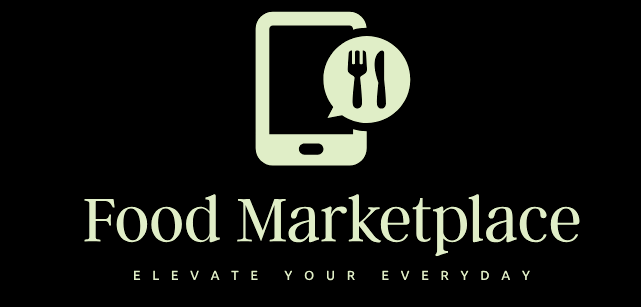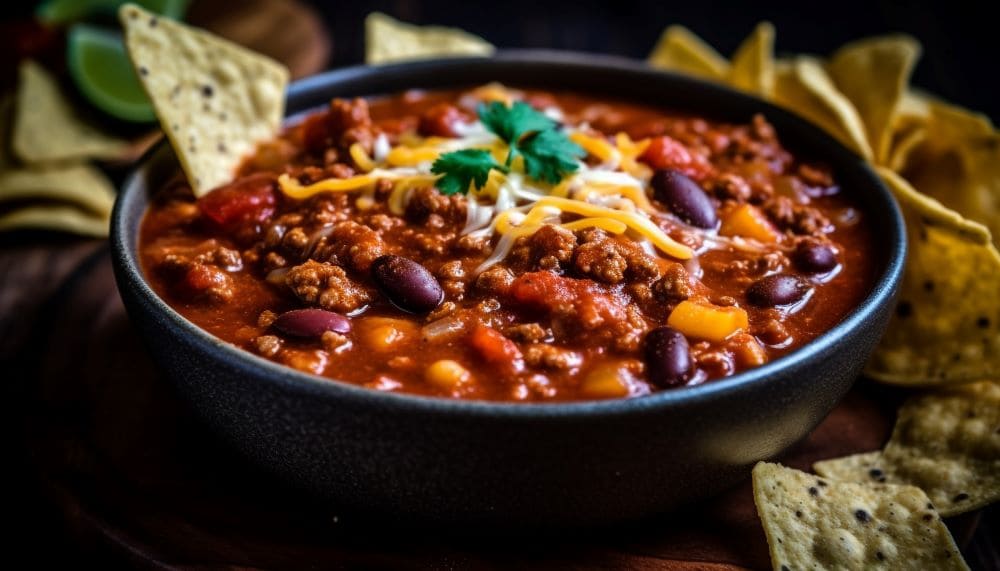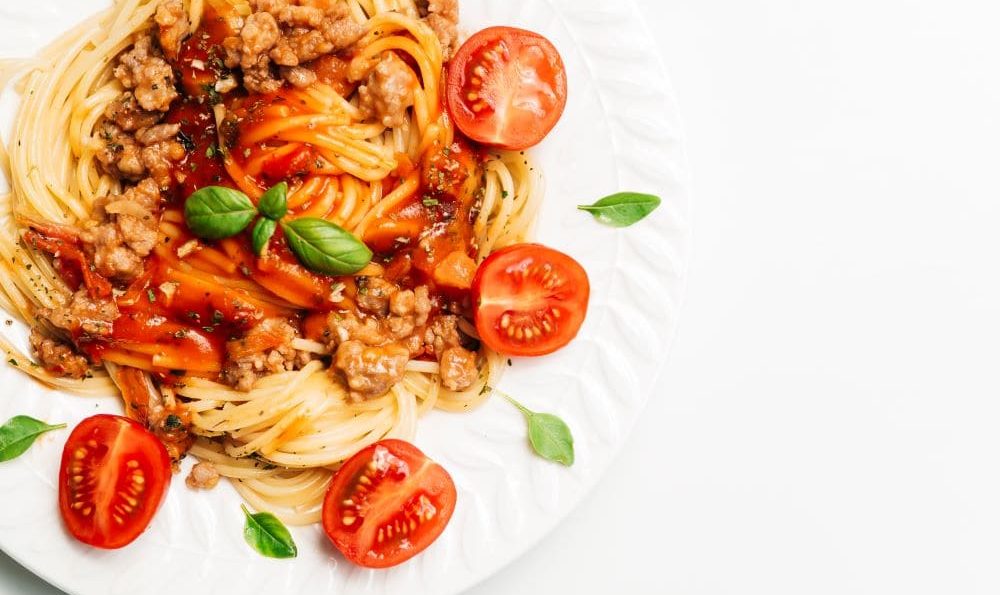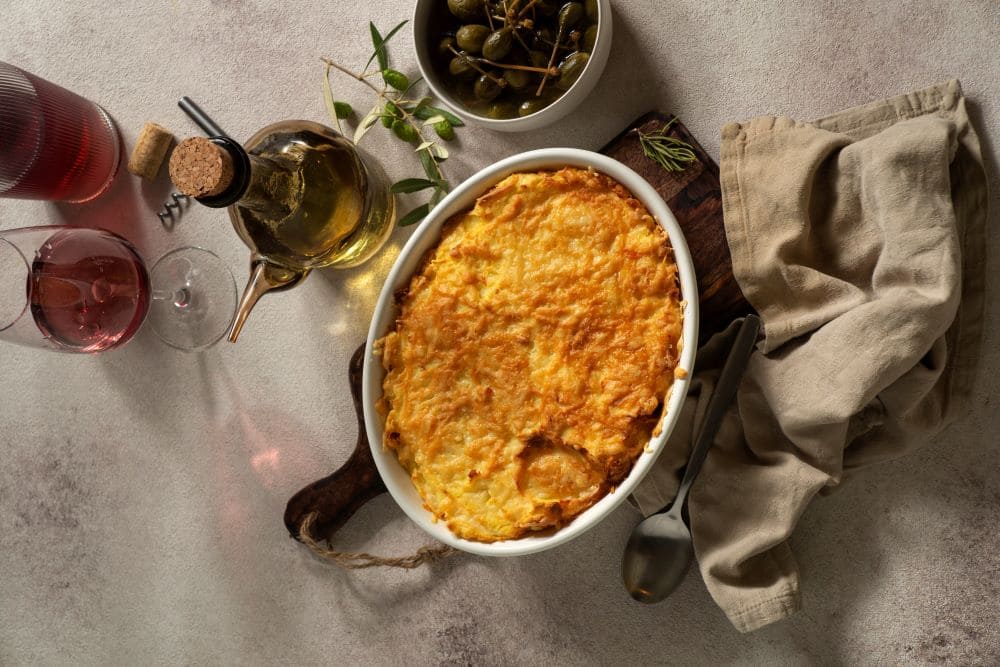
Avoiding processed foods is a great way to eat healthier and focus on whole, nutrient-dense ingredients. Here are some strategies to help you minimize processed foods in your diet:
1. Cook More at Home
- Why: Preparing meals at home allows you to control what goes into your food, avoiding the additives, preservatives, and high levels of sugar and salt common in processed foods.
- How: Start with simple recipes that use whole ingredients and build your cooking skills gradually. Batch cooking and meal prepping can make home-cooked meals more convenient.
2. Choose Whole Foods
- Why: Whole foods are foods in their most natural form and haven’t been altered by processing. They contain no added ingredients, preservatives, or artificial flavors.
- How: Focus on fresh or frozen fruits and vegetables, whole grains like quinoa and oats, and lean proteins such as chicken, fish, eggs, and beans.
3. Read Ingredient Labels
- Why: Many products marketed as “natural” or “healthy” can still contain added sugars, preservatives, and other processed ingredients.
- How: Check for short ingredient lists with items you recognize. Avoid products with added sugars, hydrogenated oils, artificial flavors, and colors.
4. Limit Packaged and Ready-to-Eat Foods
- Why: These items, like chips, cookies, frozen dinners, and some snack bars, are usually highly processed and contain unhealthy fats, sugars, and additives.
- How: Replace packaged snacks with whole alternatives like nuts, seeds, yogurt, fruits, and vegetables. Prepare snacks like hard-boiled eggs, veggie sticks with hummus, or homemade energy balls.
5. Opt for Whole Grains
- Why: Many processed grain products like white bread and pasta have been stripped of nutrients. Whole grains retain more fiber, vitamins, and minerals.
- How: Choose whole grains such as brown rice, quinoa, oats, barley, and whole-grain pasta.
6. Buy Fresh or Frozen Vegetables Over Canned
- Why: Fresh and frozen vegetables have no added ingredients, while canned versions may contain added salt or preservatives.
- How: Use fresh vegetables whenever possible. If using canned, look for “no salt added” options and rinse before cooking to reduce sodium content.
7. Replace Sugary Drinks with Healthier Options
- Why: Soda, energy drinks, and even some fruit juices are high in added sugars and artificial ingredients.
- How: Switch to water, herbal teas, infused water (with lemon, cucumber, or mint), or unsweetened seltzer water. You can add a splash of 100% juice for flavor if needed.
8. Shop the Perimeter of the Grocery Store
- Why: The perimeter usually has fresh produce, meat, dairy, and other whole foods, while the aisles tend to have more processed items.
- How: Stick to the outer sections of the store, and go into the aisles only for specific items like spices, oils, and whole grains.
9. Limit Condiments and Sauces
- Why: Many condiments, like ketchup, salad dressings, and sauces, contain added sugars, sodium, and preservatives.
- How: Make simple dressings at home (e.g., olive oil and vinegar) or choose condiments with minimal ingredients. Look for items labeled “no added sugar” or “low sodium.”
10. Plan Ahead
- Why: Planning meals and snacks helps you avoid processed convenience foods when you’re hungry or short on time.
- How: Make a weekly meal plan, create a grocery list, and keep healthy snacks on hand. Preparing meals or components (like chopped vegetables, cooked grains, and proteins) in advance can make it easier to cook at home.
11. Opt for Simple Snacks
- Why: Many packaged snacks are highly processed, but whole food snacks are more filling and nutritious.
- How: Try snacks like fresh fruit, raw nuts, Greek yogurt, hard-boiled eggs, or sliced veggies with hummus. These options are satisfying and free of additives.
These steps can help you cut down on processed foods and make healthier choices based on whole, natural ingredients. Small changes add up, so focus on making consistent choices that work for you!







